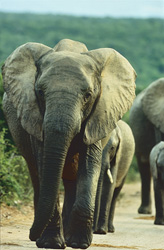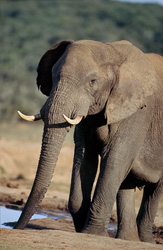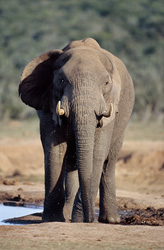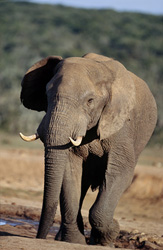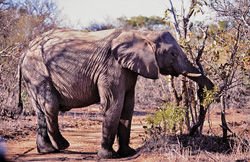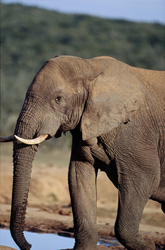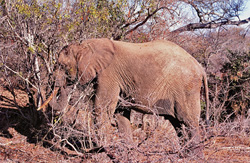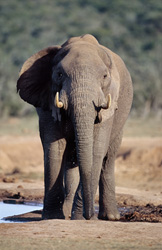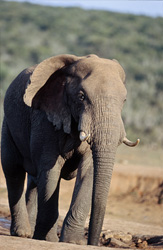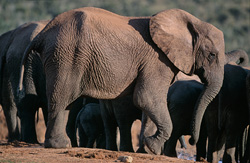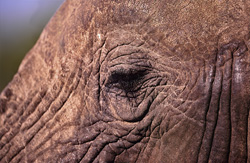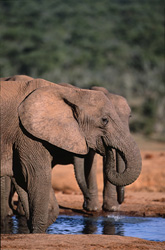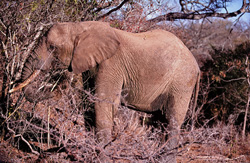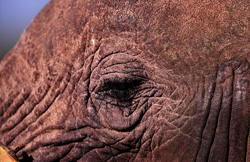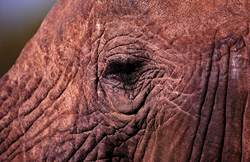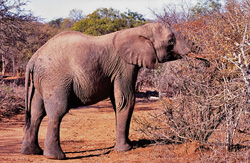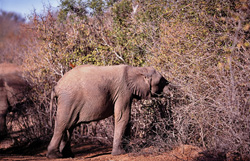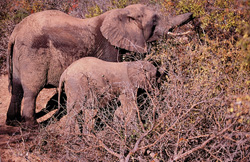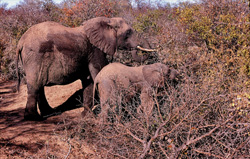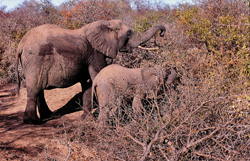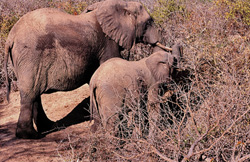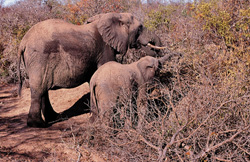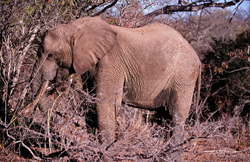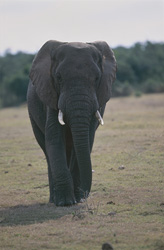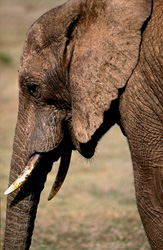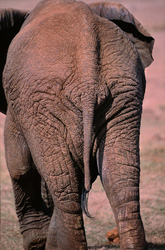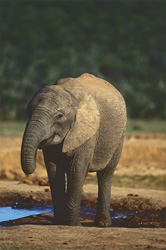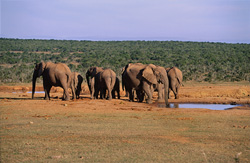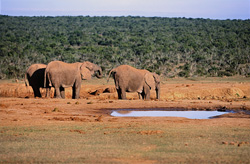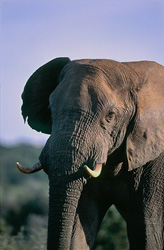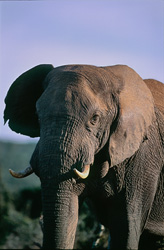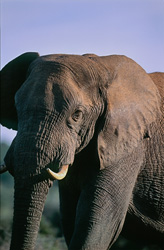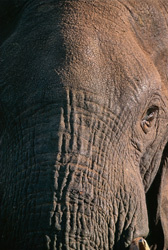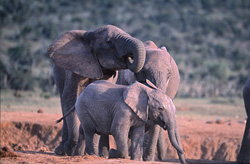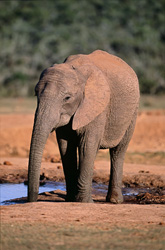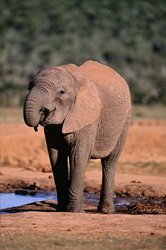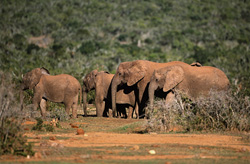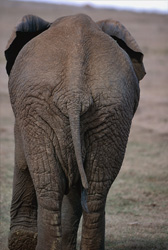Discover the majestic African Elephants in their natural habitat and learn more about their significance for ecosystems and conservation efforts
Elephants are the largest terrestrial animals on Earth and play a crucial role in their **ecosystems**. The two main subspecies of the African Elephant, the **Savannah Elephant** (Loxodonta africana africana) and the **Forest Elephant** (Loxodonta africana cyclotis), differ in habitat and behavior. The Savannah Elephant inhabits the vast **savannas** and **dry forests** of Africa, reaching a shoulder height of up to three meters and weighing up to 7.5 tons. These impressive animals are known for their long **trunks**, large **ears**, and distinctive **ivory tusks**, which are severely threatened by illegal **ivory trade**. Despite the international ban on ivory trading in 1989, elephants continue to face **habitat loss** due to the expansion of agricultural lands and human **settlements**. Protecting these majestic creatures is vital for **biodiversity** and the balance of nature. **Elephants** are herbivores and contribute to the **vegetation structure** by grazing, benefiting other **wildlife**. Their migrations help distribute **nutrients** across vast areas and maintain **water systems**. In many African cultures, elephants also hold significant **cultural** and **symbolic** value. Conservation efforts, such as the establishment of **national parks** and **protected areas**, are essential to secure existing **elephant populations** and preserve the **species-rich** heritage of our planet. The **IUCN Red List of Threatened Species** classifies Loxodonta africana as endangered, highlighting the urgency of **conservation programs** and international **collaboration** to save these remarkable animals. Through education and **awareness-raising initiatives**, people worldwide can help ensure the future of African Elephants and maintain their important role in nature.

